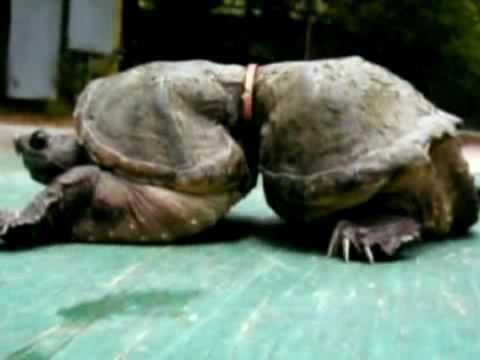The Pacific Garbage Patch
Researchers and activists are constantly working on learning more about the extent of the Pacific Garbage Patch (and others) and find ways to clean up the damage. And we’re constantly keeping you updated on what their efforts yield. Check out below for news on estimates about the size of the Pacific trash vortex.
What is the Pacific Garbage Patch?
Simply put, it’s a swirling mass of plastic in the middle of the Pacific ocean that is big enough to qualify as the planet’s largest landfill. Roughly located in an area between 135° to 155°W and 35° to 42°N, much of the world’s trash has accumulated into this part of the Pacific Ocean based on the movement of ocean currents.
A rose any other name applies to the Pacific Garbage Patch – you’ll also hear it called the «Great Pacific Garbage Patch,» the «Pacific Trash Gyre,» the «Pacific Trash Vortex,» and the «Oh My…What Have We Done!?» among other names.
How does all that plastic get to the ocean?
The simple answer:
Humans + Ocean Currents = Trash Vortex.
People create, consume, and carelessly toss plastics and the litter ends up in the water ways. As the plastic reaches the shoreline, currents carry it out into the ocean and a convergence of currents swirl the plastics into one general area.
No one is guiltless when it comes to the Pacific Garbage Patch – if you consume and discard goods, you are responsible for some portion of the plastic that is ending up in the ocean, even if you live hundreds of miles from the seaside. All rivers lead to the sea, as they say. Trash that ends up in a stream in the middle of the US can end up in the ocean and, with the help of ocean currents, find itself in the middle of a trash vortex.







